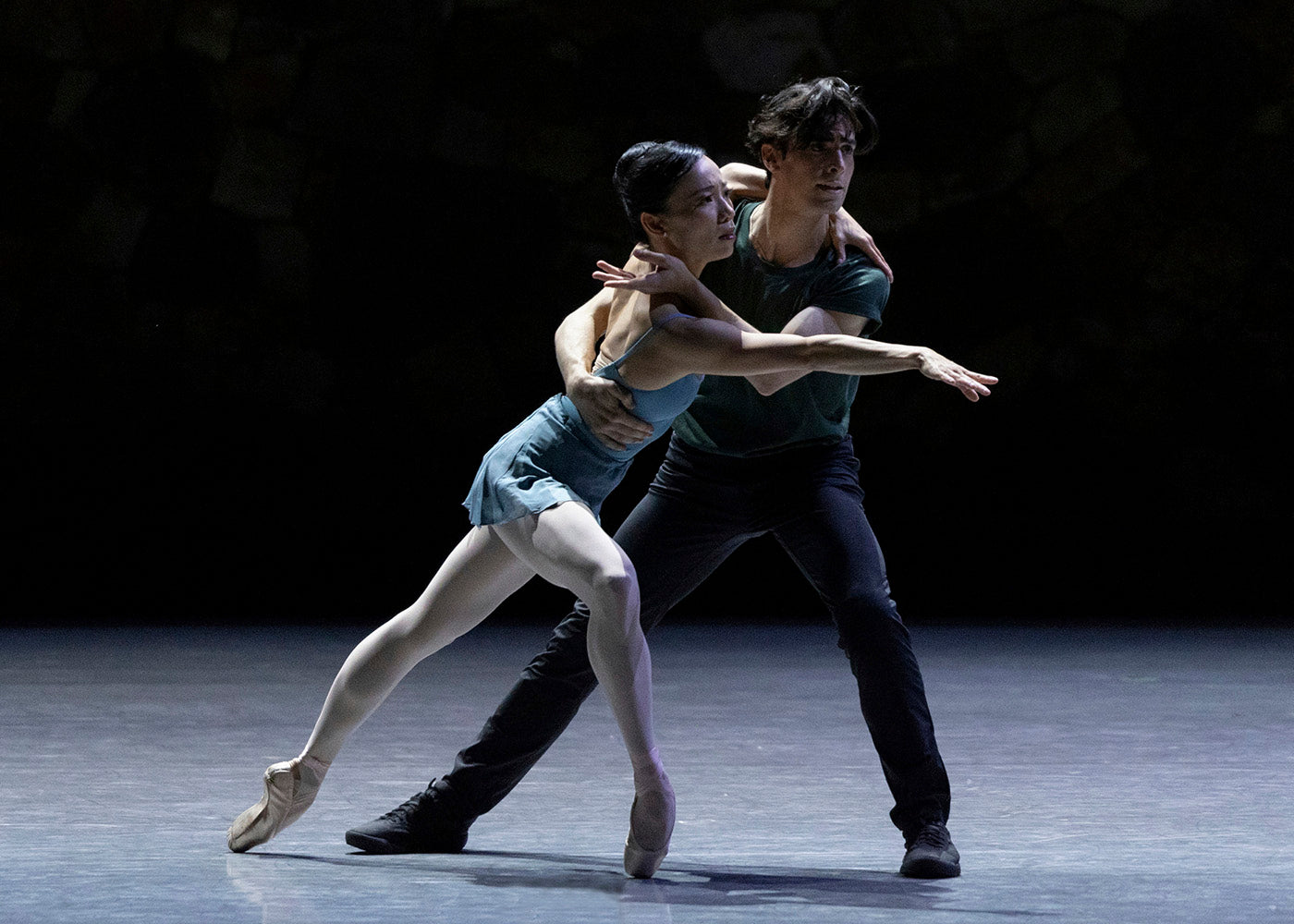Mark Morris Makes History
When Mark Morris Dance Group comes to the Joyce Theater August 1-12, the two-week engagement will be one for the dance history books.
FREE ARTICLE
World-class review of ballet and dance.
When Mark Morris Dance Group comes to the Joyce Theater August 1-12, the two-week engagement will be one for the dance history books.
FREE ARTICLELucinda Childs/Robert Wilson's “Relative Calm” (1981/2022) opened the six-week long ImpulsTanz Vienna International Dance Festival in its the 40th anniversary on July 7 at Vienna's Volkstheater.
PlusThere is packaging, topicality, grand themes, elaborate stage designs, high concepts. And then there are moments when the flesh and blood power of dance itself—the presence of a lone body channeling transcendent purpose—leaves you reeling.
PlusCommunity was a common theme in the Summer Sampler presented by ODC/Dance in July, with premieres by Dexandro Montalvo and Sonya Delwaide, along with recent work of company founders Brenda Way and Kimi Okada.
FREE ARTICLEAn “Ajiaco” is a type of soup common to Colombia, Cuba, and Peru that combines a variety of different vegetables, spices, and meats.
PlusWith the spate of great dance in Los Angeles this summer—from Oguri’s “dance comes out of time,” to Dutch National Ballet’s “Frida,” choreographed by Annabelle Lopez Ochoa, and with a sumptuous commissioned score by Peter Salem (performed live, no less)—it was a family affair when the Brazilian dance troupe, Grupo Corpo, rocked the Hollywood Bowl last week, the heat coming from more than climate change.
FREE ARTICLEWhen Théophile Gautier abandoned himself to “that misty, nocturnal poetry, that fantasmagoria” he found within the lines of Heinrich Heine, the familiar legend of “Giselle,” the ballet, began to take shape.
PlusThe crowd of museum goers gathers around from multiple vantage points above and around the tiled, skylit courtyard of the Metropolitan Museum’s Robert Lehman Wing to view the dance performance.
FREE ARTICLETeeming with riotous colors, an exhilarating original score, and dancing of the highest, indeed, most glorious order, “Frida,” performed by Dutch National Ballet and choreographed by the insightful Annabelle Lopez Ochoa, not only proves that story ballet is alive and well, but can also be told in new and ingenious ways.
PlusNicolo Fonte’s choreography first appeared on my radar when Aspen Santa Fe Ballet gave his “In Hidden Seconds” its Philadelphia premier in 2010.
PlusA few years ago, I had the pleasure of catching a perfectly shaped, humorous dance vignette of two dancers with two chairs, set to the first movement of Bach’s Violin Concerto in A minor.
FREE ARTICLEWatching Matthew Bourne's reworked version of the “star-cross'd lovers,” I was briefly reminded of Veronica, played by Winona Ryder, in the dark 1988 comedy by Daniel Waters and Michael Lehmann, Heathers, and her line, “my teen angst bullshit has a body count.” Yes, this is the darker side of Bourne's repertoire,...
PlusThe choreographer Alexei Ratmansky reflects on the war in Ukraine, the connection between geopolitics and ballet, and joining the house of Balanchine.
Plus
Beneath blue California skies, manicured trees, and the occasional hum of an overhead airplane, Tamara Rojo took the Frost Amphitheater stage at Stanford University to introduce herself as the new artistic director of San Francisco Ballet.
PlusAfter a week of the well-balanced meal that is “Jewels”—the nutritive, potentially tedious, leafy greens of “Emeralds,” the gamy, carnivorous “Rubies,” and the decadent, shiny white mountains of meringue in “Diamonds”—the New York City Ballet continued its 75th Anniversary All-Balanchine Fall Season with rather more dyspeptic fare.
PlusAn “Ajiaco” is a type of soup common to Colombia, Cuba, and Peru that combines a variety of different vegetables, spices, and meats.
Plus